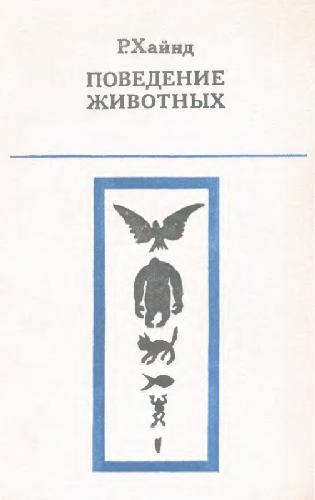Joseph, Ph.D. Panno9780816049479, 0816049475
Nature has been cloning molecules, cells, and animals for millions of years. Just 34 years ago, biologists began to successfully emulate this natural process when John Gurdon of Cambridge University cloned a frog. Nature’s motivation for cloning is a question of survival, but modern science’s motivations for conducting experiments in cloning are often controversial. Animal Cloning presents the history and basic facts about cloning and discusses the questions and controversies surrounding this relatively new area of science. This in-depth yet highly readable volume examines all aspects of animal cloning, including its controversial nature, from a neutral standpoint. Well-written entries discuss natural cloning and early cloning experiments beginning in the 1950s; the research that led to the creation of Dolly, the first animal cloned from an adult cell; as well as the recent sheep-human, goat-human, and pig-human hybrids scientists have experimented with using cloning technology. Substantial coverage deals with the driving forces behind cloning research, including the production of large quantities of medically important proteins such as blood clotting factor IX, used to treat hemophilia B; human serum albumin, used to treat burn victims; and anti-thrombin III, an anti-clotting protein used to treat heart attack and stroke victims. While the focus is on animal cloning, specific coverage of human cloning is also presented. Concluding this debate, an entire chapter presents different points of view on cloning and describes relevant legislation that has been passed or proposed in the United States, Canada, and Europe. Facilitating research, biographies of key researchers in this new and quickly advancing area of science are included along with a bibliography and glossary. | |







Reviews
There are no reviews yet.